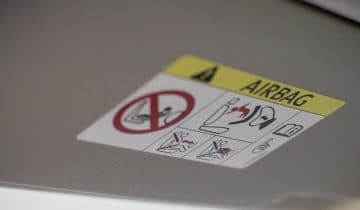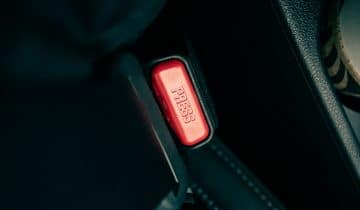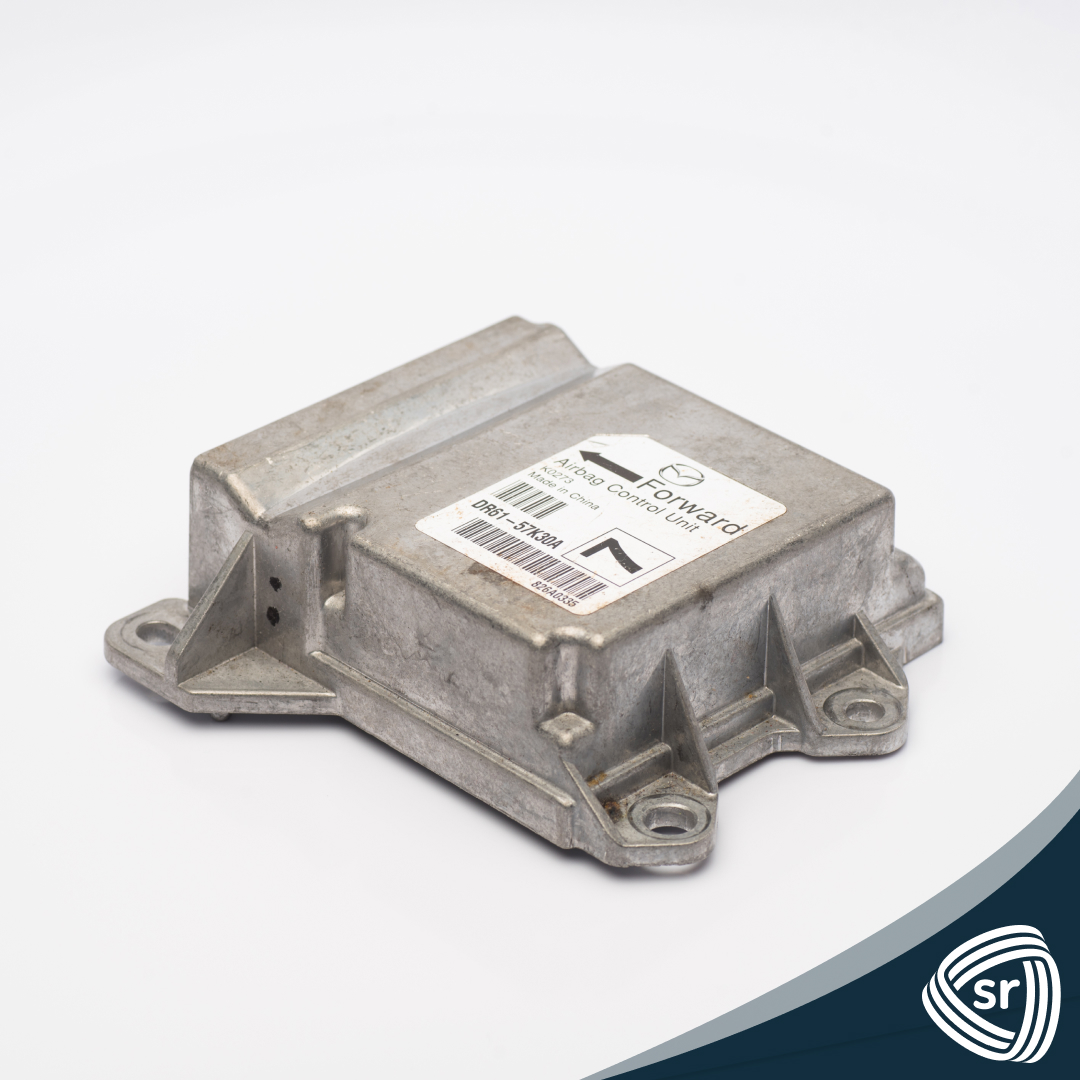Airbags are a vital safety feature for vehicles as they provide cushioning for passengers and drivers by inflating instantly during a crash. Because of their importance, they became required in all newly manufactured cars since 1999. But what happens when they fail to deploy in the event of a motor vehicle collision? To learn more about airbags and the potential reasons they don’t work as they should, use this article as your guide.
How Do Airbags Work?
Airbags are made of an airbag cushion, flexible fabric bag, inflation module, and impact sensor. They are specifically designed to be fully inflated in 1-2 seconds before bodies are in contact with them. Their silicon coating and the silicon secure the riders from serious injuries or fatal accidents.
To clearly illustrate how airbags work, let us use front-impact airbags for the driver steering wheel and passenger dash airbags as an example. Airbags serve as a restraint system, along with seatbelts, to be force limiters. They suddenly stop in a controlling forward momentum, control the forces reacting on internal organs and your physicality, and reduce the energy of the crash on the human body. Take note that most crashes are 0.7 seconds in length. The collision of the vehicle against your body can even cause internal injuries, leading to death.
The good news is airbags are there to deploy very quickly, slowing down the reaction at a controlled rate. In addition, when you wear a seatbelt, its stretching helios position your body for the airbag so it can absorb energy limits, keep your spinal column in proper alignment, and prevent neck injuries.
What Happens When Airbags Don’t Work?
When airbags fail don’t work as expected, they can lead to disastrous effects. For example, if your airbag is deployed too fast, it would deflate before your human body gets in contact with it. In short, your body won’t be able to be protected. On the flip side, your human body can get in the way of the airbag deploying if it is late, which can cause injury or even death.
What Are the Factors that Cause Airbags to Fail to Deploy?
There are many reasons why airbags do not deploy in a crash. Here are some of them:
Delta-v
Delta-v is the sudden change in velocity. A series of sensors measure it during a crash. Once the appropriate level of forces is detected, the computer reacts and deploys the airbag. The airbag timing depends on the manufacturers, modifications, and how the vehicle will absorb energy in a crash. The reaction of airbags can also be affected by seatbelt use.
Impact angle
A front impact system will react and cause airbags to work as expected when the delta-v is within a parameter of force and 30 degrees of the vehicle centerline. It lets riders to be going directly into an airbag. However, if the airbags are deployed outside this range, they would be less effective or even cause injury.
Conclusion
While no one likes the idea of being in a car accident, there is always a chance that your upper body and head will collide with the car’s interior that may result in injuries or even fatal accidents every time you hit the road. Fortunately, airbags are designed to protect you during a vehicle collision. On the other hand, if your airbag warning light stays on, consider seeking professionals like us for an airbag module reset.
If you need airbag services, reach out to Safety Restore. We specialize in post-accident restorations, particularly in airbag modules and seat belt replacements and repairs. Contact us to order or learn more about our services!



